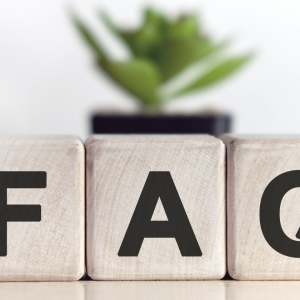The mobile Web is growing at eight times the speed of the Internet, showing how digital marketing is quickly becoming a mobile-first world, according to Google. During the?GoMo: Mobilize your Site and Maximize your Advertising. presentation, an executive from Google laid out best practices and examples for mobilizing a business. The session also gave participants an overview of how mobile should fit into a company’s overall digital strategy. Mobile is an always-on opportunity to connect with people in a meaningful and relevant way,? said Suzanne Mumford, product marketing manager of mobile ads at Google, Mountain View, CA. In a few years, not having a mobile strategy will be just as silly as not having a desktop experience,?
Mobile-First World
According to the session, there are one billion smartphones in the world and seven billion people. Additionally, 53 percent of consumers in the United States own smartphones. Ninety-five percent of smartphone owners use their devices to search, showing how brands need to have a mobile search strategy in addition to desktop initiatives to keep up with connected consumers. As a stepping stone into mobile, Ms. Mumford suggested developing a mobile site that can be tested to see where traffic is coming from.
Companies can also test mobile microsites and landing pages for specific campaigns as an alternative to rolling out a full mobile site. When developing a mobile site, it is important to think about the types of local information that consumers are most likely using their devices to access, including click-to-call, store locators, and directions. Additionally, content from a Web site needs to be paired down to include only the most necessary information with large, easy-to-tap buttons.
According to data from Compuware, mobile Web sites play an especially critical role for retailers. Fifty-one percent of consumers said they were more likely to buy from a retailer with a mobile site, and 40 percent of consumers said that they would choose a competitor’s mobile site versus a retailer’s Web site. Ms. Mumford said that a whopping 79 percent of online advertisers do not have a mobile Web site, which leads to frustrating mobile campaigns that are not optimized for devices.
Lead by Example
Ms. Mumford used 1-800-Flowers as an example of a retailer that overhauled its sales and conversion rate with a mobile site. Last year, 1-800-Flowers revamped its mobile site to slim down the buying process (see story). As a result, the retailer saw an increase in conversion rates of 25 percent and a 53 percent reduction in shopping cart abandonment. Additionally, PacSun places its most important products, such as new arrivals at the top of its mobile site. The retailer also has a search bar that stretches across the screen to let users quickly find what they are looking for. The session gave participants a list of ten best practices when developing a mobile site.
For example, making sure that load times are quick, features are geared for local results, and making the mobile site accessible across all devices and browsers is key. Similar to all mobile efforts, it is also important for companies to test to see what works and get feedback from users on their experience. Other best practice tips include using fonts and colors that stick out and making sure that all content fits the size of the mobile screen. The session also gave a quick overview of mobile advertising and how companies can create mobile-specific campaigns that are unique from desktop campaigns. Google recently began including mobile Web as a factor in its AdWords program which might help boost a company’s ad performance to show the importance that mobile plays in digital advertising.
The executive said that 51 percent of smartphone owners who look for local information at least once a month called a business after making a local search. Additionally, 52 percent of consumers visited the business, and 27 percent made an in-store purchase, emphasizing how mobile is a key connection between digital and brick-and-mortar stores. Ms. Mumford also said that by creating mobile-specific campaigns, the average click-through rate of a campaign will increase 11.5 percent There are things you can do with mobile ads that you cannot with desktop, which creates unique opportunities,? Ms. Mumford said. Mobile matters because we all need to take control of it to take businesses forward,?






